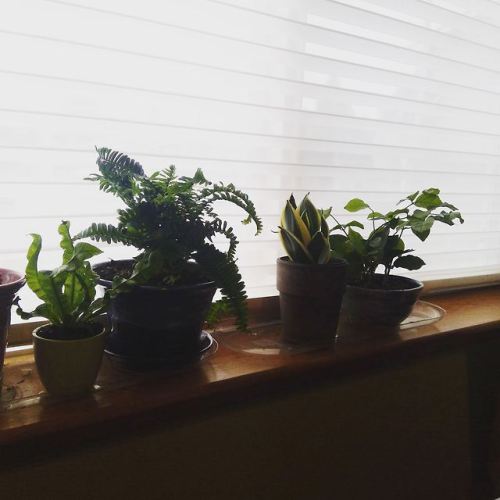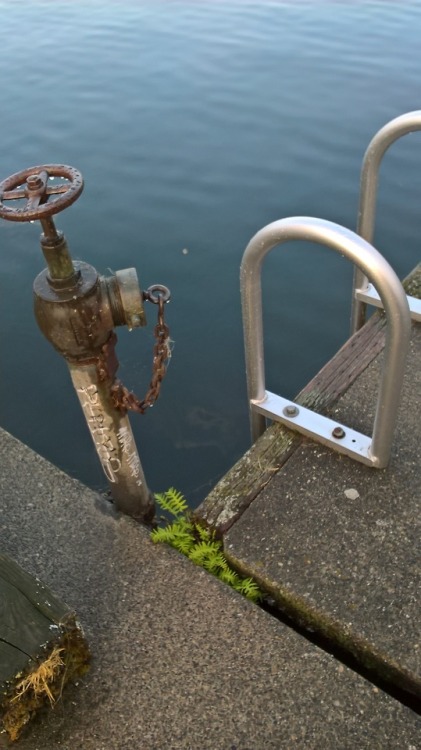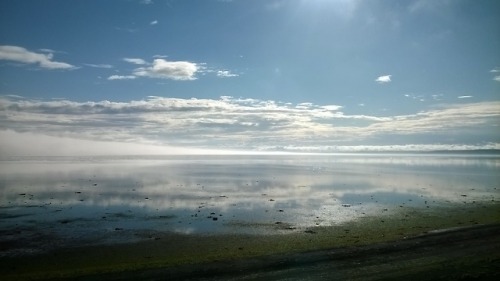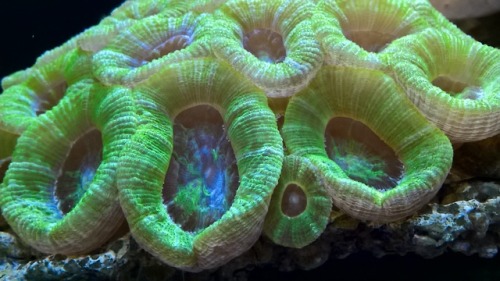#sustainability
Hi! I wanted to call attention to a book, website and organization called DRAWDOWN. Basically they have made the most comprehensive plan for solving global warming ever created which is impressive, uplifting, and very very cool
Here is what is stated on their website:
“We did not make or devise the plan—the plan exists and is being implemented worldwide. It has been difficult to envision this possibility because the focus is overwhelmingly on the impacts of climate change. We gathered a qualified and diverse group of researchers from around the world to identify, research, and model the 100 most substantive, existing solutions to address climate change.”
I am currently reading the book and its incredibly accessible and informative.This is a fantastic book for people who are new to the climate change game and want to learn about current projects and research! Its a bit of an expensive purchase so consider the library or buying it on a kindle or nook to save money and paper.
Here is the complete list of solutions listed on the organization’s website:
https://www.drawdown.org/solutions-summary-by-rank
Please please look into this, I promise you will walk away feeling a lot more hopeful and optimistic than before
You may have been noticing an exciting shift happening in the car industry in 2018. With Tesla releasing the hugely successful Model 3 car and Nissan selling countless Nissan Leaf’s (among others), the motor industry has been given a huge push in the direction of hybrid and electric vehicles. Electric vehicles, if you haven’t heard, use no gasoline to run and rather they plug into your house during the night to charge. Many car companies are announcing their first electric vehicles on the market in 2019! Even more exciting, now that electric cars are being seen as profitable, General Motors, Volvo, Aston Martin, and Jaguar Land Rover have all recently announced that their companies are moving rapidly towards an all electric future. Several countries are also pledging to move towards an all electric future including India and China.
So why is this exciting?
For one, gasoline fueled cars (no matter how clean) have an immense impact on the environment. This is because car exhaust releases pollutants in both solid and gas form. Electric cars on the other hand, release no pollutants (the car batteries are another story, but thats for another day) and do not support the crude oil industry. This is absolutely fantastic as 38 out of the 100 companies that contribute to 71% of our global greenhouse emissions every year are crude oil companies (that is, if I’ve counted correctly). Overall, if these cars are economically viable they could have a huge impact on bringing down these companies that contribute so much to our global footprint!
Some Cool Reads:
https://www.newesthybridcars.com/2019-new-electric-cars/
https://www.wired.com/story/general-motors-electric-cars-plan-gm/
Thanks for reading! And as always, hmu with any questions :)
If it is within your means, a great way to help the environment is to support environmentally friendly, ethical brands! Instead of shopping at stores that dont put an emphasis on sustainably sourcing and making their clothing and paying/ treating their employees well, these companies/clothing outlets put a lot of effort into being transparent and eco friendly.
VOCAB (definitions from Wikipedia and Study New York)
Fast Fashion: an approach to the design, creation, and marketing of clothing fashions that emphasizes making fashion trends quickly and cheaply available to consumers
Slow Fashion: designing, creating, and buying garments for quality and longevity
So What?
Many times in fast fashion, corners are cut in order to make sure that the garments remain cheap. This may mean that the fibers used to make cloth are sourced unethically, harmful chemicals may be used, factory workers may not be paid very much, child laborers may be used, and/or one type of clothing may be mass produced to a hugely wasteful extent. This is not healthy for the workers or the environment.
Why is Slow Fashion Better?
Slow fashion is better in the long run because, while you may be paying more money for the garment, the workers will be paid well, the company will focus more on their environmental impact, and you will have a piece of clothing with much better quality and longevity. Having higher quality clothing that lasts longer is good for the environment as well, as it decreases the need for new clothing items.
Stores to Watch Out For
H&M (unethical)
Abercrombie & Fitch (unethical)
The Gap (Old Navy & Banana Republic) (unethical)
Walmart (unethical)
Forever 21 (unethical)
Stores to Look Into/Fast Fashion Alternatives
Everlane, Patagonia and PACT are a few slow fashion clothing brands that I have heard some very good things about!
Since these are price-y, some other alternatives are: reusing clothing you already have, buying off DEPOP, buying from thrift stores, making your own, maintaining a capsule wardrobe (there are lots of great vids on YouTube) and upcycling :)
Overall, it is not yet in my means to shop at ethical stores. Some ways I combat fast fashion are: shopping for clothes infrequently (I usually only buy things I really really love or that I really really need), looking in thrift stores before looking elsewhere, and altering clothes I already have
In 2019 I decided that I wanted to really work on my environmental impact. I hope to complete at least 8!
My Goals for This Year:
1.) Shorten all showers to 5 min or less (trying to eventually get down to 2 min) (✔️ I’ve made this into a habit!)
2.)Pick up trash/litter anytime I go for a walk (and go on walks daily) (✔️ I have made this into a habit!)
3.) Support small/ethical businesses and thrift shops (✔️)
4.) Use my money to buy plants/seeds to both build a garden and expand the number of plants in my room (✔️)
5.) Continue the process of cutting out meat from my diet (I’ve already cut all red meat [update: just cut chicken, pork and ham!]) (✔️)
6.) Participate in 3 beach clean ups
7.)Use no single use plastic! (straws, plastic water bottles, plastic bags, etc.)
8.)Stop using teabags, use loose leaf tea instead (teabag packaging uses plastic)
9.) Buy only secondhand books unless impossible
10.) Read 5+ books on sustainability to be better informed (2/5)
11.)Vote for climate change bills, locally and nationally
12.)Walk instead of drive to places near my house 100% of the time (✔️)
You are welcome to snag any of these! Anything will help, no matter how small. Make sure to stay within your budget and means, and not be too hard on yourself if the changes don’t come all at once. Many times, just becoming more aware is what will help the most. What are your goals for this year in terms of sustainability?
For all who are interested in keeping the planet safe and healthy, I recommend reading nonfiction (and a lot of it!). As a young person (who may not be immediately taken seriously) it will help you educate people on important topics in a way that is factual and sophisticated!
Here are some of my all time favorite nonfiction booksabout our planet, where the future is heading, and what we as a collective can do to take action!
- The Ends of The World by Peter Brannen (10/10!!)
- This is a FANTASTIC, funny, and highly informative book that came out this year about the historic effects of global warming, and where we might be heading as a result. It reads like a narrative, and gives a really interesting perspective on global warming from a historical, geological and biological perspective! In the words of Michael Pye “This is a book about rocks: a vivid, fascinating, sometimes horrifying book about rocks and the story they tell about all the past and future lives of our planet”.
- Things you’ll learn about: climate change, global warming, geology, the past 5 mass extinctions, paleontology, gigantic boney fishes, climate change, dinosaurs, and coral bleaching!
- Spineless by Juli Berwald (8/10)
- Spineless is an informative, beautifully written book about jellyfish and their effects on the oceans and ourselves. Berwald tells her personal journey studying jellyfish from start to finish in a way that is sometimes funny, sometimes sad, sometimes infuriating, and always incredibly interesting!
- Things you’ll learn about: jellyfish (literally everything about them, how to catch them, how to eat them, how to raise them, the big, the small, how they broke a nuclear reactor, eating habits, mating, EVERYTHING), global warming, the scientific community, japan, etc. etc.
- Silent Spring by Rachel Carson (10/10)
- A classic. Just a classic cornerstone environmentalism book. Everyone should read it sometime in their lives. Rachel Carson is a badass environmentalist who paved the way for female scientists and wrote a startling, unflinchingly honest book about the effects of DDT on wildlife (in the 1960s no less!). I love this book to pieces, please read!
- Things you’ll learn about: effects of pesticides on the environment, history, and the effects of widespread human ignorance
- the LOST species by Christopher Kemp (7/10)
- This book is incredibly unique! It focuses on the importance of natural history museums and collections, and how many species are discovered in the musty boxes and crates of huge natural history collections. The book is broken into small sections, each talking about a different species found in this way. Its full of surprises and narratives!
- Things you’ll learn about: endangered species, how natural history collections are built, how said collections are incredibly important and are falling into disrepair because no one cares about them, mass frog extinctions, and 30 ft. parasites that live in the stomachs of sperm whales!
Here is your regularly scheduled PSA about things mass media is ignoring!
THE FACTS
1. An alarming 200 frog species have gone extinct recently, and we are on track to lose another hundred in the next century (ecowatch.com), this is enough to classify this as a mass extinction which is when nearly every single species of an organism ceases to exist any more (usually due to external environmental pressure)
2. This is not just happening locally. Frogs are dropping on every single continent that frog populations are found.
3. The two main reasons for this are deforestation and a new pathogenic chytrid fungus calledBatrachochytrium dendrobatidis that is particularly prevalent in Latin America
4. “…reptiles and amphibians are going extinct at 10,000 times the rate of other organisms.” (published by John Alroy at Macquarie University in Australia)
WHAT CAN YOU DO?
- Read up! Ignorance isn’t pretty, and will not help the situation whatsoever. Get well versed in the topic and spread the word :) Not much is known about this topic at the moment so any publicity is great. (I’ve included a section of links below to help you if you are so interested)
- Help prevent further deforestation! Plant trees with the browser Ecosia or stop supporting companies that thrive off of it (buy recycled paper for instance!)
Cool and Reputable Links!
https://blogs.scientificamerican.com/extinction-countdown/frog-mass-extinction/
https://www.ecowatch.com/frogs-are-on-the-verge-of-mass-extinction-scientists-say-1882106675.html
https://animals.howstuffworks.com/endangered-species/frog-extinction.htm
As always hmu with questions! Thanks for reading :)
process: sourcing yarn from unraveled secondhand sweaters (cotton and wool), embroidery and found materials (protective mesh for produce) on bubble wrap
Post link
(Photo: Peter Dejong/AP)
Burn, baby, burn
Fossil fuels have had large societal benefits and indeed represent a great wealth in the ground. But for both people and planets, wealth without health is a losing proposition. Our view.Opposing view.
Post link
Chickpeas Are the New Chicken Breast: Why I Love Pulses

Since I started eating a plant based diet, pulses have become one of my main staples. I usually have at least 3 servings a day (~ 1 can of beans). When it comes to making new recipes, I often use chickpeas where I would have previously used chicken breast. I use them so often because they are nutritious, satisfying, versatile and one of the cheapest foods in the grocery store. 2016 was declared…










